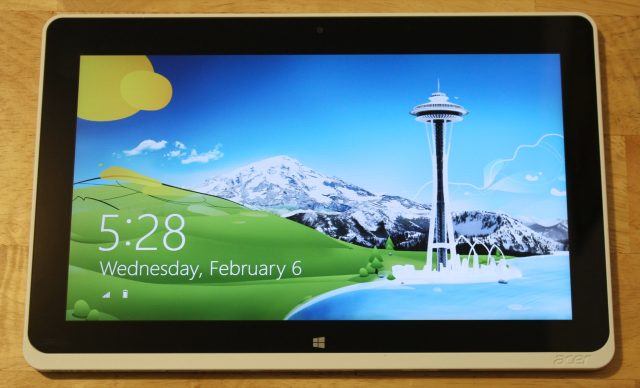
When Microsoft announced Windows on ARM way back in early 2011, it definitely made some sense—ARM-based processors were, then, the best way to build a tablet that would have the size, weight, and battery life it needed to succeed against the iPad and the rising tide of Android tablets.
Fast forward to late 2012, and we finally know all there is to know about the operating system that came to be known as Windows RT. It looks like Windows 8, it feels like Windows 8, but in one especially crucial aspect it is not Windows 8: despite including a desktop environment, a port of the desktop version of Microsoft Office, and the common suite of first-party desktop applications you might expect in a Windows PC, Microsoft rendered it completely incapable of running desktop applications by third parties. Thus, one of Windows 8’s biggest theoretical selling points—the ability to get a good tablet experience and a good laptop experience from the same device—was almost completely excised from Windows RT.
Something else happened in that two-year gap, too: Intel started getting serious about fitting its processors into tablets. Intel processors bring the full Windows 8 experience (and all of your legacy apps) to a tablet, but tablets based on Ivy Bridge processors have their own drawbacks, namely size; heat; and reduced battery life compared to their ARM-based counterparts (see both our Acer Iconia W700 and Microsoft Surface Pro reviews for concrete evidence).
Read 30 remaining paragraphs | Comments
from Ars Technica
